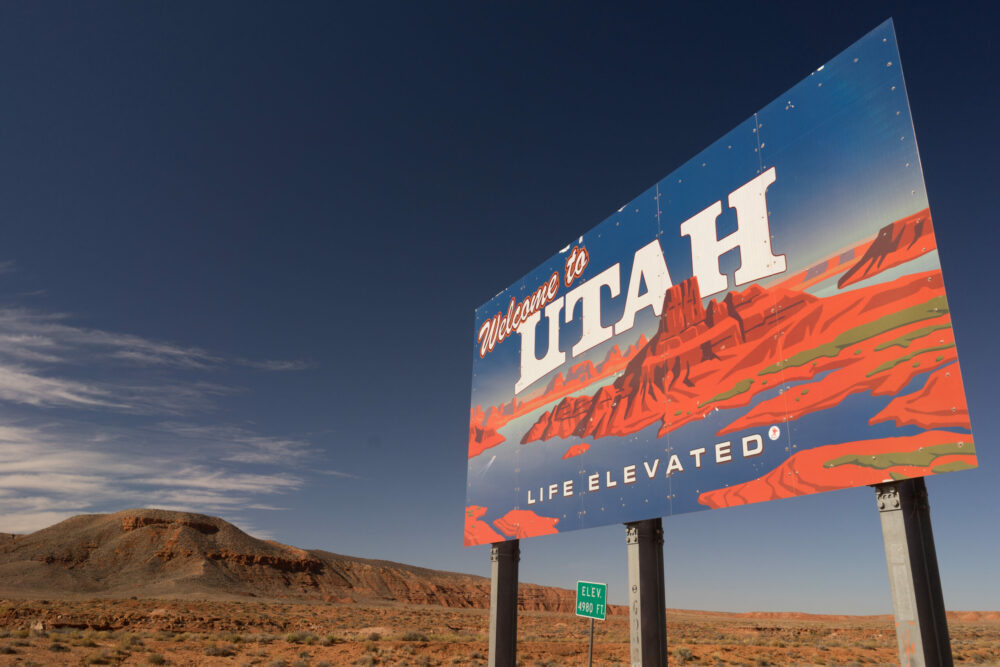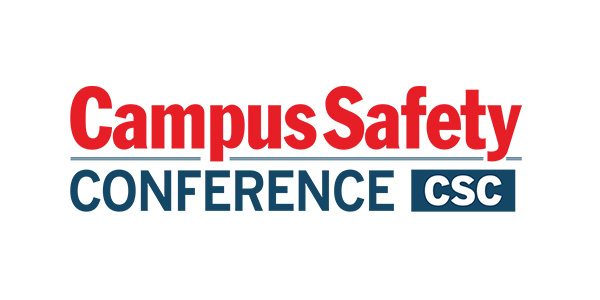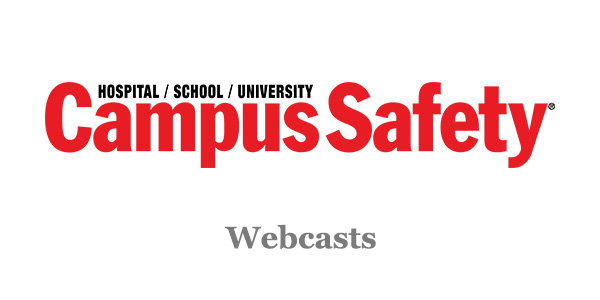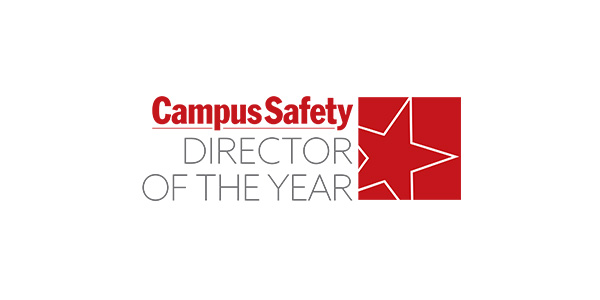UPDATE FEBRUARY 10, 2025: The Utah State Board of Education (USBE) says it needs $500 million to make schools safe in the state.
In an appearance before the Legislature’s Public Education Appropriations Subcommittee on Friday morning, USBE chair Matt Hymas told lawmakers there are few options to pay for school security upgrades, reports KUTV.
The USBE requested $50 million, with Hymas practically begging for much more.
“What I’m asking overall is please whoever you have connections with, say where are we going to come up with the rest of this $450 million?” he said in the meeting.
Although $500 million is a steep price tag, it’s quite a bit less than the nearly $1 billion that the Utah School Security Task Force estimated it would cost Utah to implement HB84. The state legislature only appropriated $100 million to pay for the required security improvements. Those measures include hiring armed personnel, adopting panic alarms, installing video surveillance, putting fences around playgrounds, putting security film on campus windows, and installing locks on classroom doors.
Below is Campus Safety’s October 17, 2024 coverage of HB84 and its funding.
Original article:
SALT LAKE CITY, Utah – Schools in Utah will be implementing major safety and security enhancements after the passage of HB84 earlier this year. However, the price tag will be steep: $800 million, according to Monday’s meeting of the Utah School Security Task Force, reports KSL. The state legislature only appropriated $100 million to pay for the security improvements required by the new law.
The School Safety Amendments put uniform, statewide safety requirements in place to prevent and respond to K-12 campus security issues, such as violence perpetrated by intruders, as well as day-to-day threats, like bullying and abuse, reports KUTV. Additionally, HB84 requires schools to hire armed personnel and adopt panic buttons that teachers can activate when there is an incident, as well as install security cameras, internal locks on classroom doors, fences around playgrounds, security film on ground-floor windows, and more.
Related Article: More Campuses Adopting Panic Alarm Tech, Most Satisfied with System Performance
Although officials from most of the schools that are impacted by the HB84 are concerned about the costs for the upgrades, rural districts are facing the most significant funding challenges.
When KUTV asked Wayne County School District Superintendent Randy Shelley how his district would pay for the improvements, he said, “Good question. We’re not sure, yet, what’s going to happen with that.”
For example, the cost for his district to install security film just in campus entrance windows would be $140,000.
Additionally, Wayne County is struggling to pay for armed officers. However, if a school can’t afford a school guardian, it can apply for a waiver.
Increased Taxes, Teacher Salary Cuts May Be Needed to Pay for School Security Upgrades
Districts that don’t receive enough funding from the state may need to turn to their local governments to increase taxes, according to Granite School District Chief of Staff Ben Horsley. Another option would be to cut teacher salaries or close schools to pay for the security and safety upgrades.
Utah isn’t the only state that is underfunding legislation designed to bolster school safety, such as HB84.
Related Article: Florida School Safety Commission Wants Clarification of New Door Lock Rules
In May 2023, Texas passed HB 3 in response to the Robb Elementary School mass shooting in which an active shooter fatally shot 19 students and two teachers. Texas’ law requires each K-12 campus in the state to have an armed officer. However, HB 3 only appropriates $15,000 per campus for one year to pay for an armed officer. It generally costs about five times that amount each year to pay for an SRO.
Our nation’s current labor shortage is also hampering the efforts of Texas schools to recruit armed personnel.













